Coach Education Resources

2023 World Athletics Rules Update - Information for Coaches
In this special Coach Education Townhall, Brian Roe explains the 2023 changes to World Athletics rules and how they will affect coaches and athletes.

What Makes a Winning Sprinter?
In all sprint running races (100m to 400m), every hundredth of a second gained or lost in the race counts. But, most importantly, the fastest male and female sprinters attain incredible top running speeds, with peaks in excess of 44km per hour and 38km per hour in the men’s and women’s 100m races, for example. So what makes a fast runner?

The Science of Javelin
Mike Barber explains the factors that go into a World Championship winning throw.

Breathing Through Your Nose When You Exercise May Make Your Runs Easier
Most of us would assume that breathing through the mouth is the best technique to use during intense exercise, as it allows more oxygen to reach our muscles. But evidence shows the contrary – and that breathing through your nose may actually be a better technique to use during intense exercise such as running….

Why You Should Perform a Needs Analysis for Your Athletes This Season
Find out the basic structure for building out a needs analysis and determining the priorities for your training plan this season.

What is Running Economy?
Understanding running economy is essential knowledge for all distance coaches. This article covers what peer-reviewed research says about running economy, and training interventions that are the most effective for improving it.

Returning to Sprinting After Lower Limb Injury - A Peer Reviewed Approach
In the International Journal of Sports Physical Therapy, Lorenz and Domzalski have released a detailed rehabilitation program for athletes returning to sprinting after a lower limb injury. The program is a simple 3-stage process with clear criteria for progression to reduce the risk of injury reoccurrence.

Body Composition Assessment Guidelines
Assessments of body composition provide a useful tool to determine the impact of nutrition strategies and training interventions. However, in particular athletes, such activities have the potential to cause harm. Protocols should be established and implemented before, during and after assessments of body composition to reduce this risk. These guidelines seek to safeguard the athlete and apply to each individual athlete, their coach(s) and their local support network.

Top Five Tips for Integrating a New Athlete in Your Squad
Sooner or later as your coaching experience grows – you may be asked to take on a new athlete. But how do you go about building this new relationship and integrating the athlete into an existing squad? Rohan Short shares five useful tips for how to effectively absorb new athletes into your squad.

Monitoring Training Load for Track and Field Athletes
The article will introduce the principles of internal and external training load and encourage you to monitor both internal and external load measurements of your athletes.

Strength for Sprinting - Connecting Gym Gains with Sprinting Performance
What can the coach do to ensure that the time the athlete is spending in the weights room is being used most effectively for performance gains? This article looks at how we can select exercises in the gym that have the greatest transfer to sprinting performance.

The High Performance Vegan Athlete
Over the last few years, more and more sports stars and wellknown athletes have also made the decision to go green and follow a vegan diet.” This article looks at nutrition strategies to balance elite performance with a vegan diet and is a must-read for any coach with athletes following a vegan, pesco-vegetarian, or lacto-vegetarian diet.

Mental Toughness for Athletics
What is Mental Toughness? What makes an athlete mentally tough? How can you test the mental toughness of your athletes? This article answers these questions and gives you the tools as a coach to begin to develop the mental toughness of your athletes.
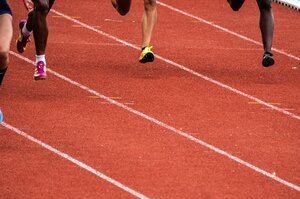
Three Great Acceleration Drills - Loren Landow's Drill Progression
Loren Landow, owner of Landow Performance, shows some example progressions and cues for correct accleration mechanics. This video has been produced by the National Strength and Conditioning Association in the USA.

Coaching Aspects of the Shot Put Technique for Young Athletes
Throws coaching expert Peter Taylor shares an overview of the glide technique with coaching points and common faults.
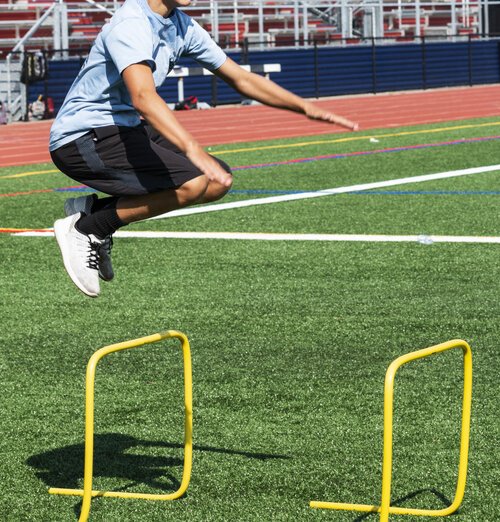
Plyometrics - Four Studies All Track and Field Coaches Should Understand
This article will examine four key research papers on the benefits and sport-specific effectiveness of plyometrics training. We will examine their findings and place the results in the context of the wider peer-reviewed literature and expert opinion on the topic.
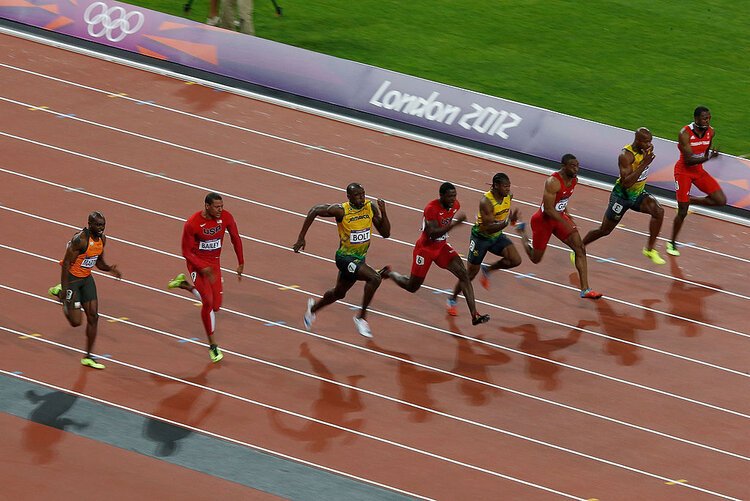
Race Breakdown and Verbal Cues for the 100m
Based on a lecture by Tom Tellez, this article shares his approach to coaching the sprints. This article covers the notes that were made, outlining what he identified as the key priorities for each stage of a 100m and the verbal cues that he used with his athletes.
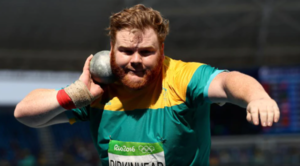
Pre-Competition Preparation for Throwers
This article looks at the vital pre-competition phase of training for throwers, providing information about technique oriented training, converting overall physical capacity into specific explosive power and examining the importance of intensity, control, and the correct psychological approach.
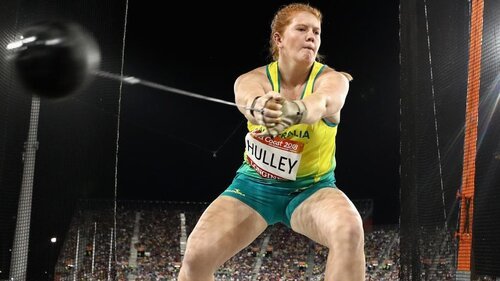
Introduction to Coaching Hammer Throw - Part 2
Part 2 of Peter Taylor’s guide for coaching the Hammer Throw. This section icludes coaching advice, drills, common faults, and corrections.

Introduction to Coaching Hammer Throw - Part 1
Peter Taylor shares five critical teaching points, coaching cues, and training exercises for coaching the Hammer and introducing the correct technical model.

